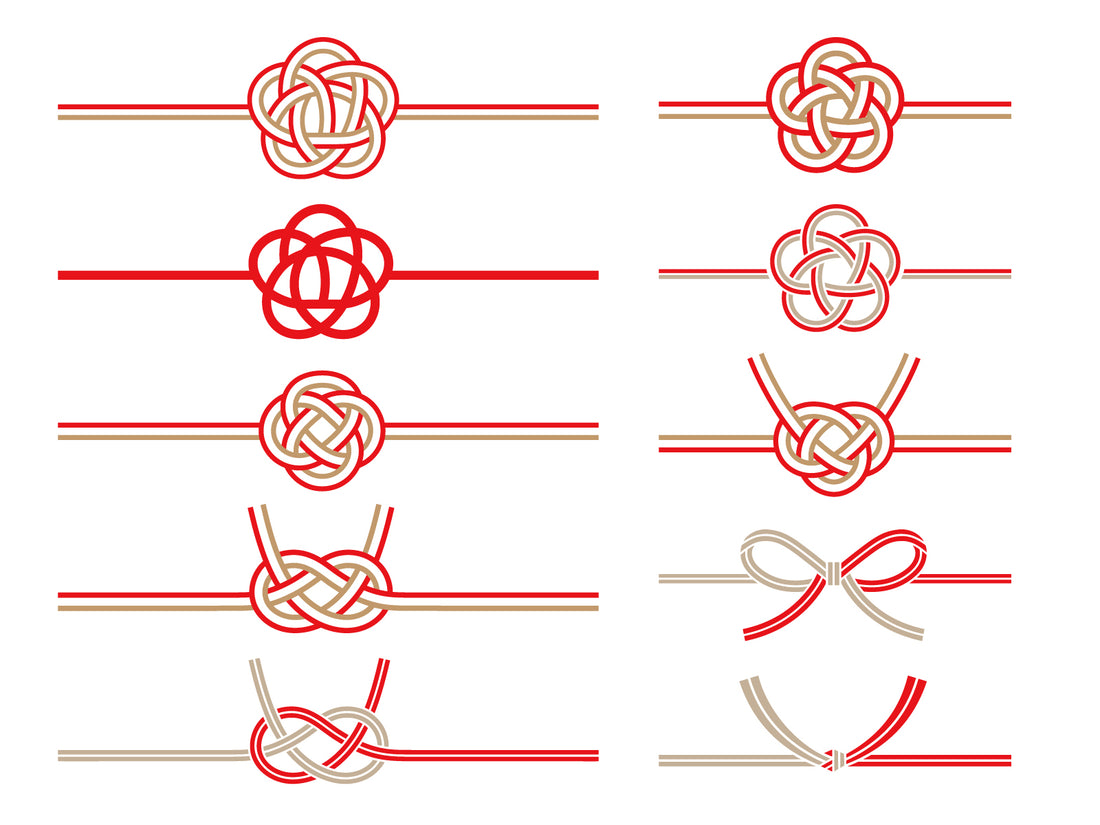
The Mystique and History of Knots: Connecting the Human Heart Through Ancient Techniques
Hello everyone! How are you spending the final day of your long weekend? It's Monday, so it’s time for another blog update. Today, I want to talk about the mystique and history of knots.
In our modern lives, we often find ourselves using our minds more than our hands, don't you think? Time flies by when we’re on our smartphones, tablets, and computers. We seem to be thinking a lot, but the next day, we often forget the plot of the movie we watched.
I have been journaling for over five years. Writing by hand often clarifies my feelings and thoughts, revealing what I truly wanted. This process is similar to the KonMari method of decluttering. By discarding unnecessary items, we create new space, preparing ourselves to welcome a new version of ourselves. Rituals, these moments of pause, are essential, and they need to be regular.
Just like us, ancient people probably spent their time engaging in handcrafts. Whether knitting, embroidery, or cooking, they found meaning in their daily lives through these manual tasks. In Japan, mizuhiki and other knots still hold special significance. These knots have encapsulated human wishes and emotions from ancient times to the present.
I’m particularly fascinated by the history of Celtic knots. In Celtic culture and ancient civilizations before Christianity, knots held mystical meanings. Recently, as I’ve been learning about the Kano (Square) Knot and Awaji (Josephine) Knot, I realized that this knot-tying technique is shared not only in Japan but worldwide. Knots have transcended countries and cultures, connecting hearts globally. By focusing on the present moment and embedding our feelings into knots, we celebrate ourselves and materialize our wishes. Knots have been used from ancient times to the present because of their practicality and beauty.
(KnotArt)
Knots and the Present Self
Knots have a variety of uses and meanings, ranging from practical applications in fishing, hunting, construction, and sailing, to religious and cultural symbols. For example, in ancient Egypt, knots symbolized eternal life, while in China, they were used as decorative and auspicious symbols. In Celtic culture, knots represented eternity and unity, and in Buddhism, they symbolized karma and reincarnation.
Engaging with knots allows us to discover a new version of ourselves. By wrapping and tying gifts, we can infuse our feelings and intentions into the moment. Isn’t it exciting to think that we can only experience these emotions at that very moment?
(KnotManual)
(SymbolSage)
(MyBlog)
Gosekku and Furoshiki Workshop
Join us in celebrating the traditional Japanese Gosekku by resetting and celebrating the seasonal changes together! Even in modern Japanese living spaces without tatami rooms, you can enjoy the seasons using stylish furoshiki and cords. Gosekku are traditional seasonal festivals in Japan, marking special times to welcome new seasons and changes. Musubism workshops are fun, creative, and enriching! By using our hands to wrap and tie, we engage with ourselves and find our true selves. This workshop offers a time to reflect on yourself as a gift. Whether you want to celebrate your treasured self or give to someone important, we look forward to your participation!
#Knots #TraditionalTechniques #Celtic #JosephineKnot #SquareKnot #History #Culture #HumanConnection #Gosekku #FuroshikiWorkshop #Musubism
